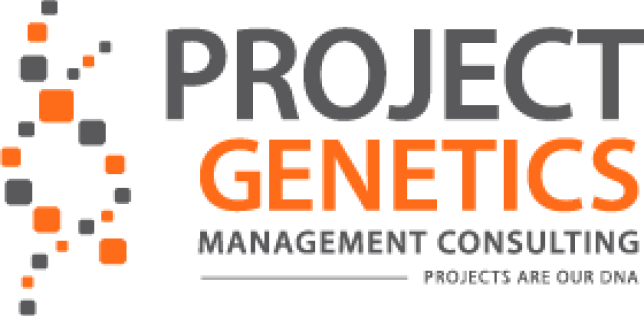A failing project can spell disaster for the reputation of your company. Project recovery is one of the most useful skills executives need to be able to implement, but creating a schedule to recover projects can be more difficult than it seems. This is why it’s important to leverage knowledge about your industry to create actionable steps to get your project back on track.
How Do You Create a Project Recovery Schedule?
Creating a schedule for a project begins with identifying an issue, assessing the project, and making recommendations for how to reset the course of the project. The goal of recovering your project is to complete your project on time and with the results you want. The steps to recover your project include:
Recovery Intervention
Recognizing that your project is in trouble is the first step in recovery. When a project starts, it’s a good idea to identify parameters that will identify the circumstances that indicate the project is going off the rails. Once these parameters are defined, it will be much easier to make accurate assessments of the project progress and identify when an intervention is necessary to recover the project.
Recovery Assessment
Part of your recovery assessment will include assessing various factors related to the project. For example, your assessment should cover the scope of the project, the expected schedule to complete the project, the staff that is involved in the project, the quality of the management practices, the project cost, and project risk.
Your recovery assessment will be used to determine which aspect of the project is causing poor performance. During the assessment, you will look at each of the project variables to determine where management and performance are failing so you can make recommendations for how to correct the issues.
Recovery Recommendation
Recovery recommendations are generally developed in response to any problems that are assessed and identified. Usually, recommendations for recovery can include establishing baselines for performance in management and addressing the root causes contributing to the poor performance.
These recommendations should also include directives on what needs correction, why the corrections are necessary, and an estimate of how long these corrections will take to integrate.
Recovery Planning
Recovery planning includes defining the roadmap for how to implement the recovery recommendation steps. Recovery planning should be clearly defined so the plan is easy to follow and execute.
Some aspects of recovery planning you may want to include the management of staff, risk management, communications used during recovery, and contacting vendors who may be affected by the recovery efforts.
Recovery Execution
Recovery execution is the step that implements the recovery plan by applying success criteria, project networks, team organization, cost and benefit analysis, risk containment strategies, and other requirements that are necessary to recover the project.
Recovery Closure
Recovery closure is the last step of recovering a failing project and will include a review of the problems that caused the original failure of the project so that future projects can avoid these mistakes. Other aspects of recovery closure can include how to improve project management in the future and how to return to normal operations after the project has been recovered.
Quickly recovering a failing project will benefit the reputation of your company and keep your performance rate high. Some of the steps involved in recovering a project should include recovery intervention, recovery assessment, recovery recommendation, recovery planning, recovery execution, and recovery closure. For more information on how to create a schedule for project recovery, contact Project Genetics today.

